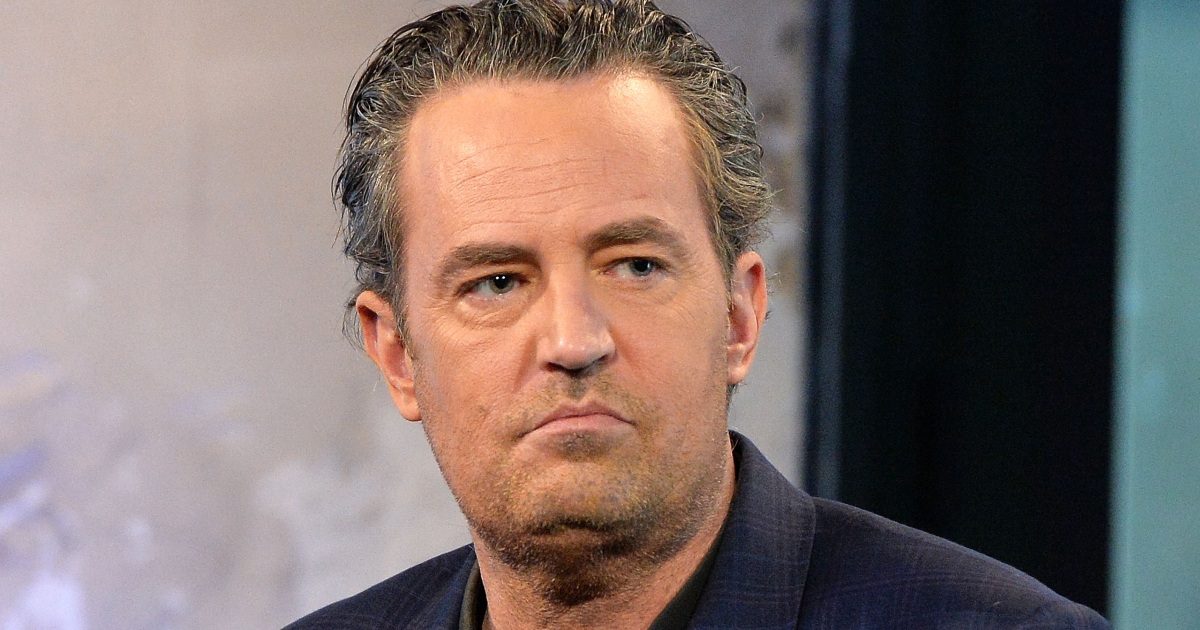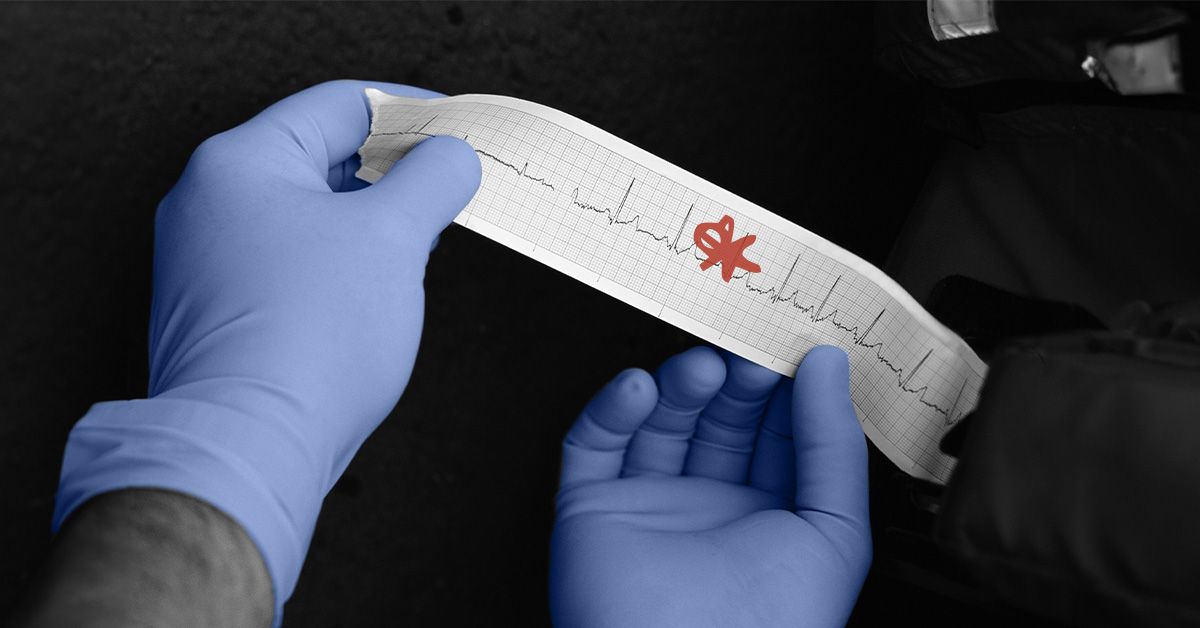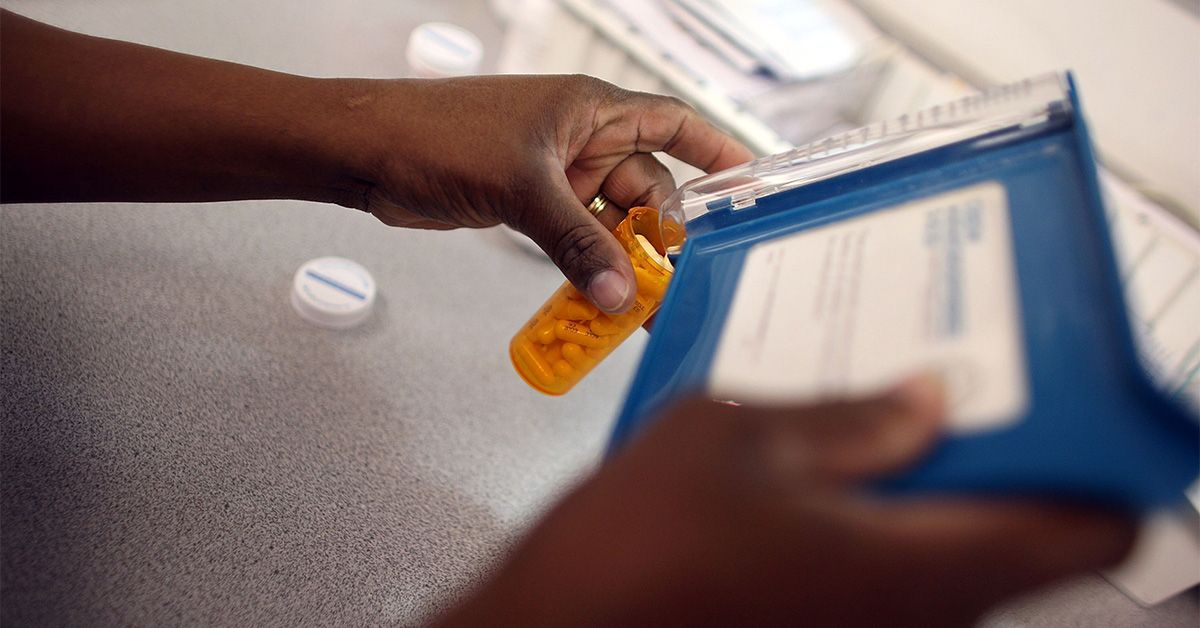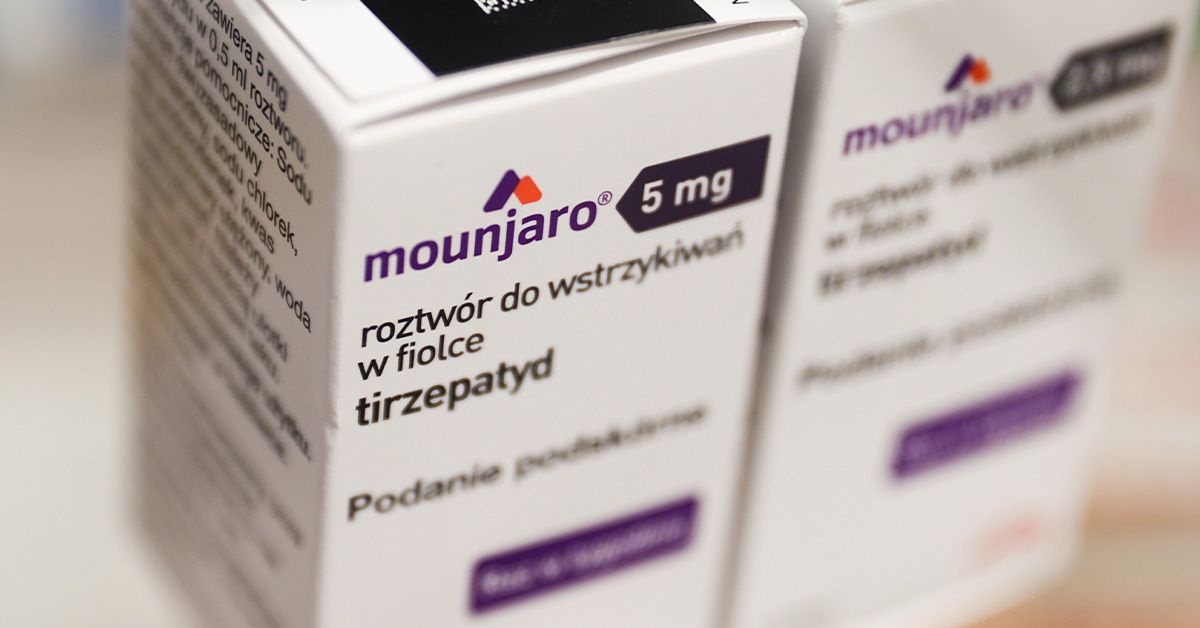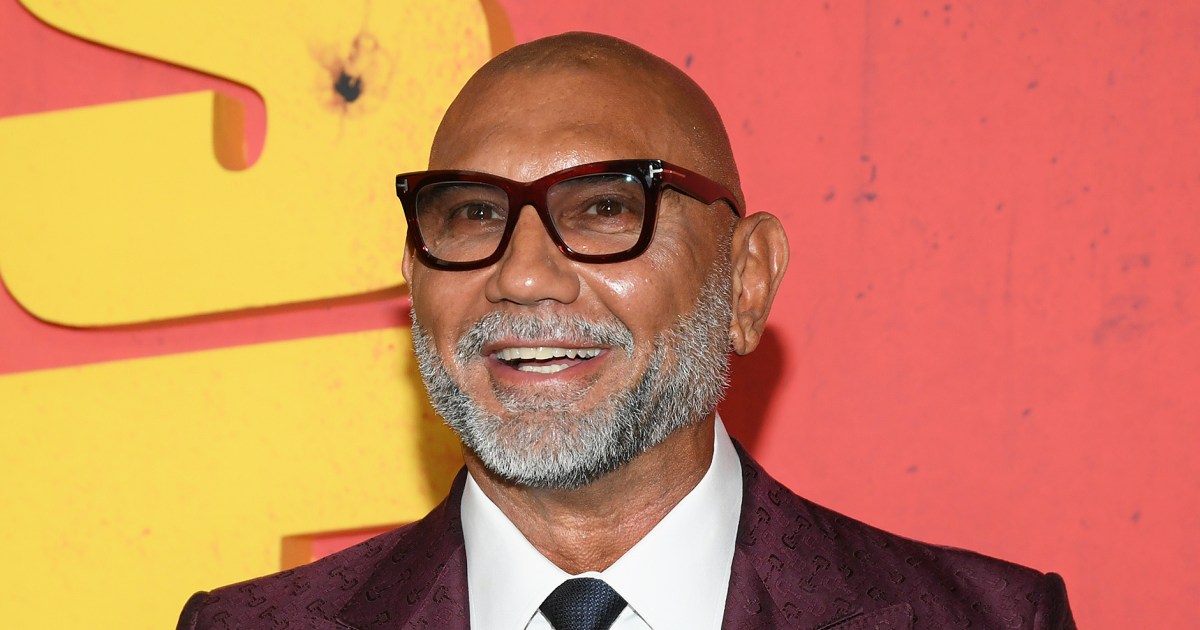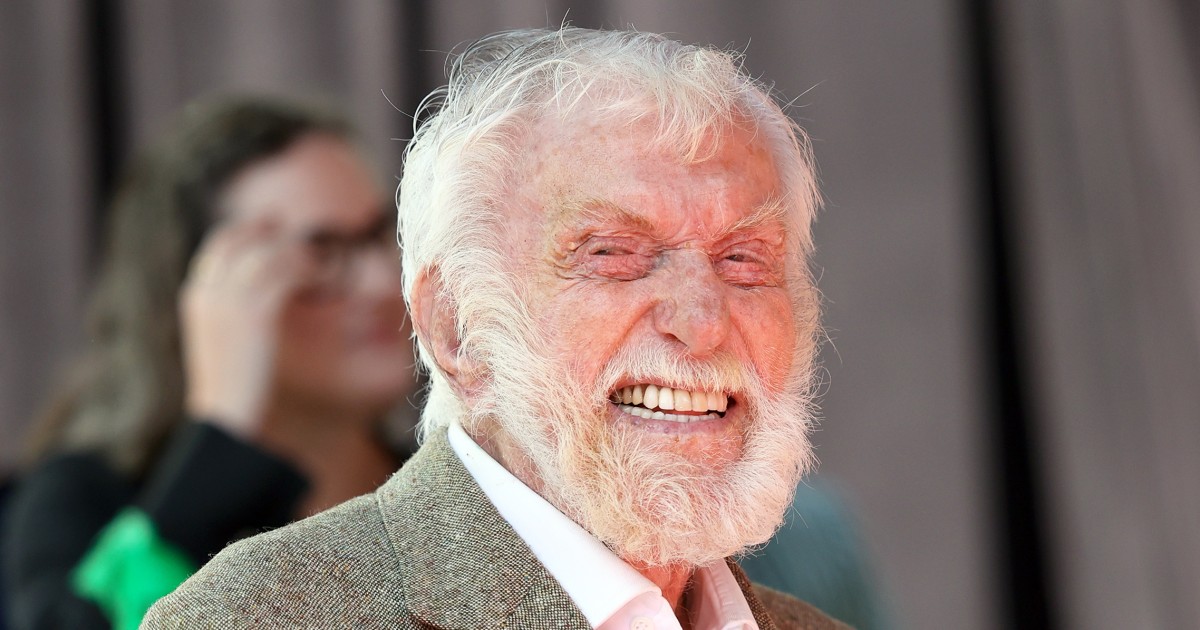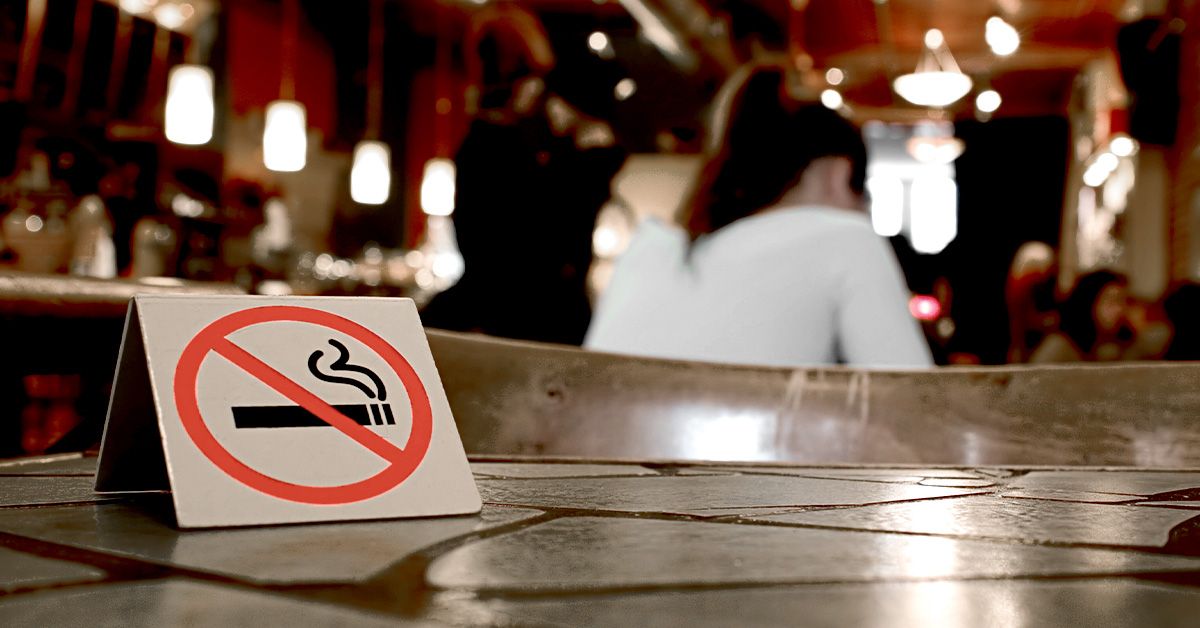Months after Matthew Perry’s death at age 54, more details about his fatal ketamine overdose are coming to light.
The “Friends” star had been undergoing ketamine therapy prior to his death in October 2023 to treat his depression and anxiety. But the doses of the drug administered as part of the therapy are not what killed him, NBC News reported. He had also been using the drug unsupervised and had become addicted, according to prosecutors.
Five people have been charged in connection with Perry’s death, including his personal assistant, two doctors and a drug dealer. Ketamine is a popular party drug, which has psychedelic effects and is used for medical purposes as an anesthetic.
Perry had been candid over the years about his health, including his struggles with addiction and related health concerns. Here’s what we know about Perry’s health history prior to his ketamine overdose and death.
Matthew Perry’s cause of death
Perry’s cause of death was acute effects of ketamine, according to the Los Angeles County Medical Examiner’s Office.
“Contributing factors in Mr. Perry’s death include drowning, coronary artery disease and the effects of buprenorphine (used to treat opioid use disorder). The manner of death is accident,” the Los Angeles County Medical Examiner’s Office said in a statement.
The amount of ketamine he had in his system was equivalent to the same amount used for general anesthesia before surgery, according to the medical examiner’s office.
The actor was found at his home in Pacific Palisades after an apparent drowning on Oct. 28, 2023. Two law enforcement officers told NBC News that there was no sign of foul play.
Matthew Perry’s health history
Perry has a long history with battling addiction, which he has discussed in past interviews, as well as at length in his book “Friends, Lovers and the Big Terrible Thing.”
He’s struggled with addiction for three-decades
Perry opened up about his three-decade long struggle with addiction in an interview with People in October 2022.
His struggle with alcohol addiction was just beginning at the start of the ten-season run of “Friends,” telling the outlet that he initially had a handle on his addiction. He explained, “I could handle it, kind of, but by the time I was 34, I was really entrenched in a lot of trouble.”
Perry recalled a point where he had dropped down to 128 pounds and would take more than 50 Vicodin a day. Over the course of his struggle with addiction, he had gone to rehab more than one dozen times underwent at least 14 surgeries.
“The doctors told my family that I had a two percent chance to live,” he said. “That’s the time I really came close to my life ending.”
He’s been in rehab more than one dozen times
Perry has spent decades trying to get sober, which had proven costly for the actor. In his memoir, he wrote that he had spent more than $7 million on his journey to sobriety, including going to rehab 15 times. However, in an interview with the New York Times, he said the number was closer to $9 million.
“I’ve been in a mental institution, gone to therapy twice a week for thirty years, been to death’s door,” he wrote in his memoir.
In his book, he also recalled one of his stints in rehab while “Friends” was still in production. He was living in a rehab facility during Chandler and Monica’s wedding and was brought to set by a technician to film the scene.
“I married Monica and got driven back to the treatment center — at the height of my highest point in ‘Friends,’ the highest point in my career, the iconic moment on the iconic show — in a pickup truck helmed by a sober technician,” he wrote.
Perry also recalled how he felt during the filming of the final scene of “Friends.”
“It was January 23, 2004. The keys on the counter, a guy who looked a lot like Chandler Bing said, ‘Where?,’” he wrote. “‘Embryonic Journey’ by Jefferson Airplane played, the camera panned to the back of the apartment door, then Ben, our first AD, and very close friend, shouted for the last time, ‘That’s a wrap,’ and tears sprang from almost everyone’s eyes like so many geysers.”
Perry recalled Jennifer Aniston “sobbing,” sharing that even Matt LeBlanc was crying too. However, he said that he “felt nothing,” adding, “I couldn’t tell if that was because of the opioid buprenorphine I was taking, or if I was just generally dead inside.”
He was in coma after his colon erupted in 2019
In his book, Perry wrote about a near death experience in 2019 as a result of his colon bursting from opioid overuse.
Perry underwent emergency surgery for seven hours at the hospital and was given a 2 percent chance of surviving the night. He wrote in his book, “I will have to live out the rest of my days knowing that my mother and others heard those words.”
After the surgery, he went into a two-week-long coma, which was followed by a five month hospitalization. For nine months, he also had to use a colostomy bag.
“I had realized that my greatest fear had come true, which is that I did this to myself,” he wrote.
His heart stopped for 5 minutes
Perry wrote about another near death experience in his book, recalling the time he was in a rehab facility in Switzerland and was up all night taking hydrocodone before a surgery. He was also treated with propofol, the drug that killed Michael Jackson that is typically used for anesthesia.
He recalled more of the incident on “The Late Show with Stephen Colbert” in November 2022, telling the show’s host that he had gotten CPR and the man administering the procedure broke eight ribs in the process of saving his life.
Perry told Stephen Colbert his “heart stopped for five minutes” but he “didn’t flatline.” The actor woke up in a different hospital 10 hours later.
The incident would cause Perry to be unable to perform in “Don’t Look Up” alongside Meryl Streep, telling Colbert, “I had to give up the biggest movie I’ve ever gotten. I had four scenes with Streep.”
His therapist helped him with his addiction
After recalling his decades of struggles with addiction, he also wrote about how his therapist helped him quit drugs in his book.
He shared that his therapist told him to associate drugs with having to wear a colostomy bag “for the rest of (his) life.”
“I have not been interested in taking a drug since,” he wrote, adding “I’ve surrendered, but to the winning side, not the losing. I’m not longer mired in an impossible battle with drugs and alcohol. I no longer feel the need to automatically light up a cigarette to go with my morning coffee.”
He was using ketamine therapy before his death
Perry also wrote in his memoir that he used ketamine therapy to “to ease pain and help with depression.”
“Ketamine felt like a giant exhale,” he wrote. “They’d bring me into a room, sit me down, put headphones on me so I would listen to music, blindfold me, and put an IV in.”
“As I lay there in the pitch dark, listening to Bon Iver, I would disassociate, see things — I’d been in therapy for so long that I wasn’t even freaked out by this. Oh, there’s a horse over there? Fine — might as well be … As the music played and K ran through me, it all became about ego, and the death of ego.”
Some research shows that ketamine therapy can be an effective short-term treatment for depression that has otherwise been resistant to treatment.
Read the full article here









